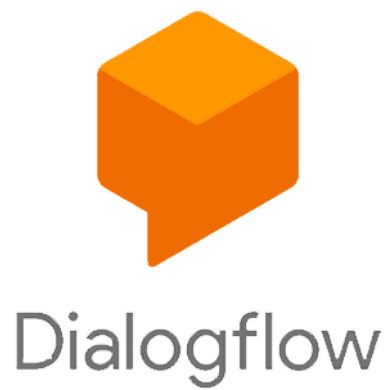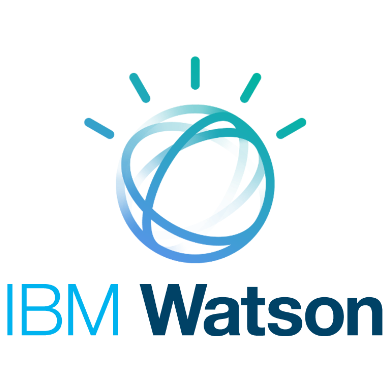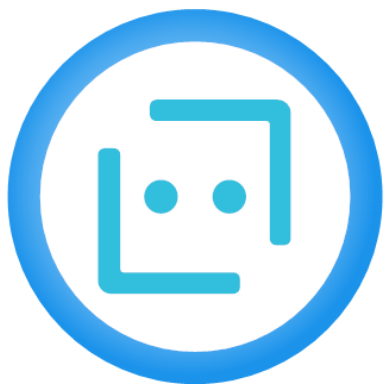
❅
❅
❅
❅
❅
❅
❅
❅
❅
❅
❅
❅
❅
❅
❅
❅
❅
❅
❅
❅
❅
❅
❅
❅
❅
❅
❅
❅
❅
❅
❅
❅
❅
❅
❅
❅
❅
❅
❅
❅
❅
❅
❅
❅
❅
❅
❅
❅
❅
❅
❅
❅
❅
❅
❅
❅
❅
❅
❅
❅
❅
❅
❅
❅
❅
❅
❅
❅
❅
❅
❅
❅
❅
❅
❅
❅
❅
❅
❅
❅
❅
❅
❅
❅
❅
❅
❅
❅
❅
❅
❅
❅
❅
❅
❅
❅
❅
❅
❅
❅
❅
❅
❅
❅
❅
❅
❅
❅
❅
❅
❅
❅
❅
❅
❅
❅
❅
❅
❅
❅
❅
❅
❅
❅
❅
❅
❅
❅
❅
❅
❅
❅
❅
❅
❅
❅
❅
❅
❅
❅
❅
❅
❅
❅
❅
❅
❅
❅
❅
❅
❅
❅
❅
❅
❅
❅
❅
❅
❅
❅
❅
❅
❅
❅
❅
❅
❅
❅
❅
❅
❅
❅
❅
❅
❅
❅
❅
❅
❅
❅
❅
❅
❅
❅
❅
❅
❅
❅
❅
❅
❅
❅
❅
❅
❅
❅
❅
❅
❅
❅
Ever wondered how, on certain online-ordering websites or customer-service pages, you can communicate with a computer voice or a text box, that has human-like intellect?
For someone with a technology inclination, it sounds so interesting to have the ability to communicate with a computer voice that is smart enough to solve your queries!
The virtual conversational interfaces that you interact with are called voicebots undefined chatbots based on Natural Language Processing (NLP) power.
Nowadays, a lot of businesses use virtual AI assistants to serve their customers. They are designed and built in such a manner that they can resolve most of the queries that your customer might have, saving you from doing repetitive tasks.
In this blog, we will understand what are virtual AI assistants, and compare different NLP platforms to find you the best platform for building one.
What are conversational assistants?
Virtual AI assistants, also known as voicebots undefined chatbots, are AI-powered communication interfaces powered by Natural Language Processing (NLP) to interact with customers. They convert users' vocal or textual input into structured data using NLP, that can be understood by the system. AI then provides the appropriate response to the query generated by the customer.
Advantages of virtual AI assistants
Faster query resolution | Personalized customer interaction | Easy scheduling of meetings |
AI assistants are faster compared to conventional communication methods. Different flows are created to guide the user to a solution as quickly as possible, improving customer satisfaction. | These are designed to have a personalized conversation with the customer, giving them a unique user experience. | Meetings can be easily scheduled using AI assistants, helping both the customer and the business owner, and saving scheduling time. |
Use cases of virtual AI assistants
Solving level-1 queries of the customer:
AI assistants are designed and programmed in a manner to easily handle level-1 queries of the customers. It can effectively guide the customer towards a solution.
Scheduling meetings with clients/customers:
Meetings can be scheduled easily, and both parties are notified instantly to plan the calendar accordingly. It can be re-scheduled if anyone objects to the timing and suggests some other time, removing the ambiguity between parties.
Application status updates:
Applicants can get notified automatically regarding their application status. This automation helps in the overall smoothness of the process.
Food ordering:
Online food ordering can now be automated, and restaurants can have AI bots on their ordering platforms. They can guide the user through complete food ordering, from the menu to their house door.
Look how Seaflux provided a voicebot-based ordering system for curbside pickup for an American table service diner-style restaurant chain.
From the above-mentioned advantages and use-cases, it is suggestive that integrating your business with AI-powered virtual assistants is the wise thing to do!
Compare different NLP platforms.
Comparing the major NLP platforms to build your own AI assistant will provide better clarity on which platform to choose. Google vs AWS vs IBM vs Microsoft Azure, a head-on comparison between these NLP tools and services regarding their features, prices, and integration.
| Platform Name | Google Dialogflow | IBM Watson | Amazon Lex | Azure Bot Service |
| Languages supported |
| Supports 13 languages | Supports 13 languages | Supports more than 30 languages |
| Omni-channel integrability |
|
|
|
|
| Pricing |
|
|
|
|
Now we have understood what are the different use cases and what different service providers offer in their packages. We can make an informed decision as to how and where you can implement the AI assistant for your business.
Here's a step-by-step guide on how to build a voicebot for coffee ordering using Google's Dialogflow CX.
We, at Seaflux, are AI undefined Machine Learning enthusiast who is helping enterprises worldwide. Have a query or want to discuss AI or Machine Learning projects? Schedule a meeting with us here, we'll be happy to talk to you!

Jay Mehta
Director of Engineering














